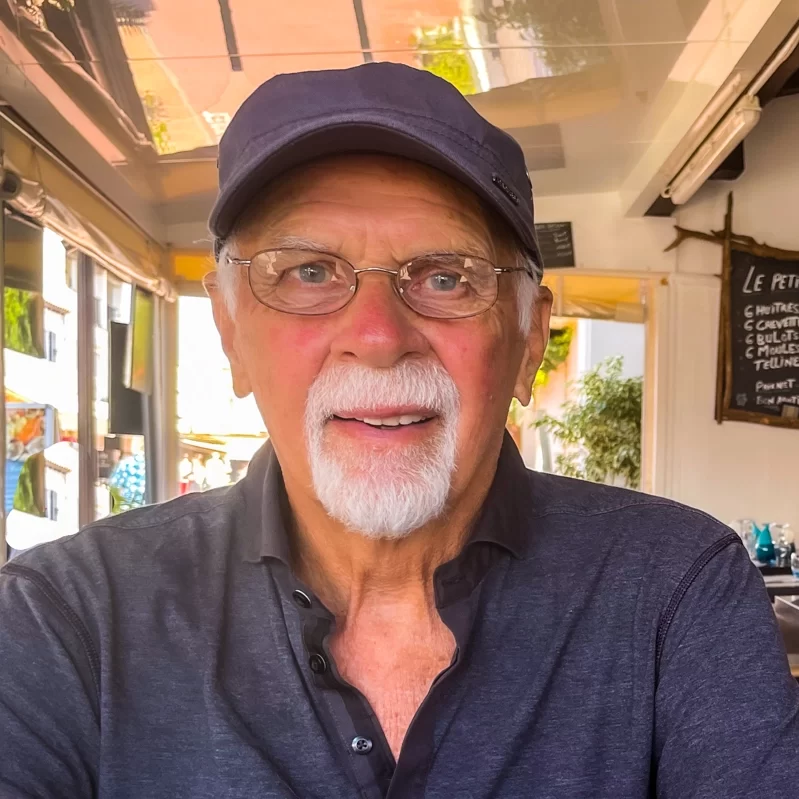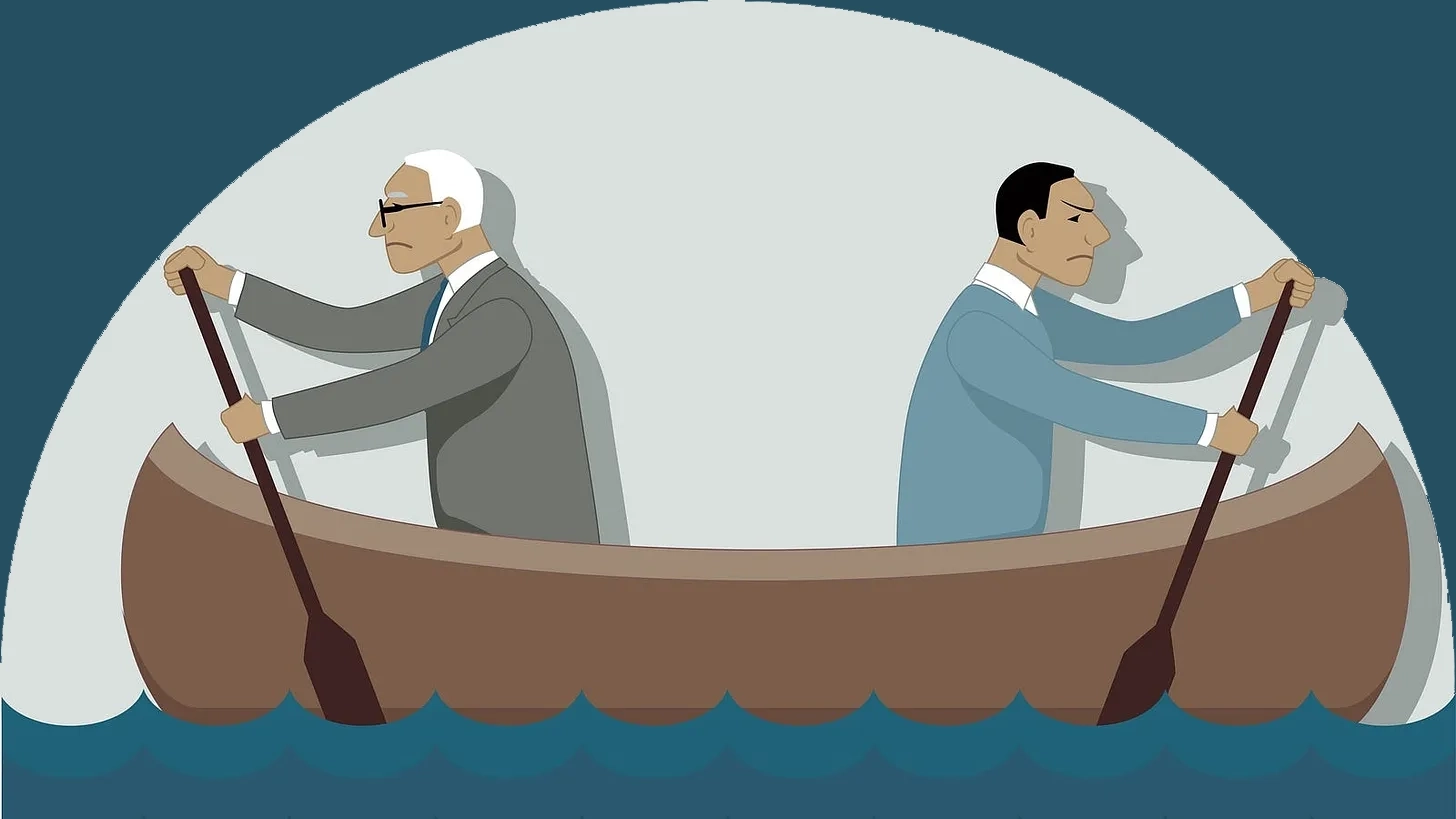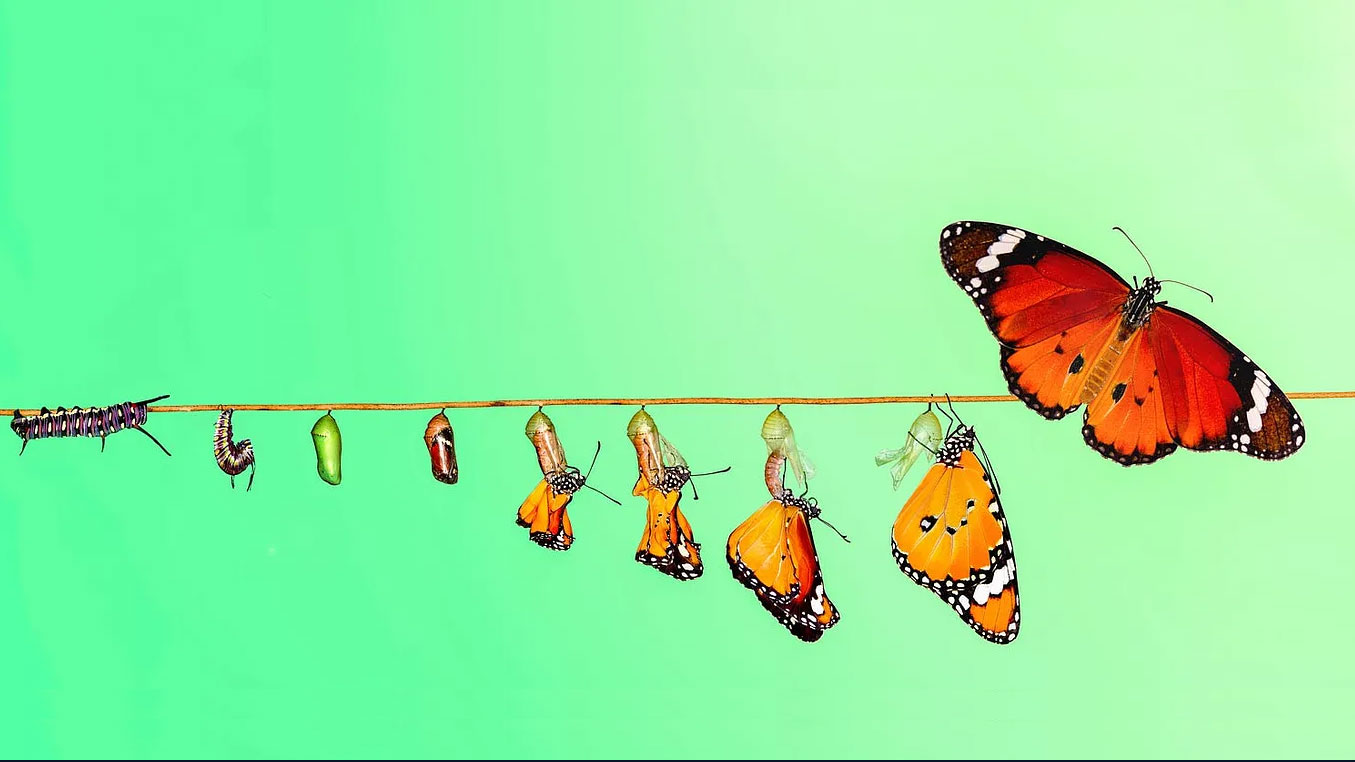Three Pathways for Personal Growth: Which Is Best for You?
Self-Help, Self-Discovery, Self-Education: Which path to wellness fits you best?

A friend of mine is obsessed with physical health and personal growth. He works out daily in a gym, reads the latest self-help books, takes multiple nutritional supplements, and engages in exotic treatments.
While visiting his home recently, I noticed on his desk a self-help book by Jill Bolte Taylor, PhD, titled Whole Brain Living (2021). I was surprised I didn’t know this author, so my friend enthusiastically briefed me.
Dr. Bolte Taylor is a Harvard-educated neurologist who, in 1996, suffered a severe hemorrhage in her brain’s left hemisphere. This injury prevented her from walking, talking, reading, writing, or recalling her life. Thus began her eight-year rehabilitation, during which she fully recovered her cognitive and physical abilities.
An early contributor to TED talks, Bolte Taylor eloquently described how, as a neurologist, she was horrifyingly aware of what was happening inside her brain during the hemorrhaging. She felt she was observing herself dying. Watching her TED talk, I saw many in the audience wiping their tears as she told her story. During her lengthy recovery, with the left-brain hemisphere disabled, she “lived” in an enhanced state of right-brain creativity, struggling to regain left-brain logic.
Post-recovery, Bolte Taylor has become a prolific self-help speaker and promoter of right-brain creativity. According to her website, Time Magazine identified her in 2008 as one of the 100 most influential people in the world. She was invited to Oprah Winfrey’s Soul Series show as a “premier guest.” Having written several books, I found one of them on my friend’s desk.
Surprised that I didn’t know her work, I bought her Whole Brain Living book and began reading. She offered formulaic guidelines for developing creativity-related thinking skills in contrast to logical thinking. She presented her theory of personality built on four principles: left-brain thinking, left-brain emotional, right-brain emotional, and right-brain thinking. Her book presents detailed guidelines for living by these four principles.
Interesting, Except for One Small Problem
As I read through Bolte Taylor’s four principles, I realized that her theory of right-brain creativity and left-brain logic was based on a romanticized and simplistic view of brain functioning that did not align with my understanding of brain science. Although she is a Harvard-trained neurologist and I am a non-Ivy League psychologist, her theory didn’t match what I had learned about the complexities of “split-brain” neuroscience.
Skeptical, I revisited research on how the brain’s two hemispheres interact and work together. I found several studies that did not comport with her writings.
I searched online for critiques of Bolte Taylor’s theory. I found one article in Psychology Today written by a psychiatrist who said: “The problem is that what she writes about in her book is not supported by other neuroscientists.” In another review, a neuroscience blogger concluded: “I found the (self-help) prose to be out of place, less in line with the Harvard-educated neuroscientist that she is, and more in line with a pseudoscientist blogger.”
When I next saw my friend, I broke the news that Bolte Taylor’s writing about a binary right-brain/left-brain split is an oversimplified and inaccurate rendering of brain science. “The research literature does not support what she is telling you,” I said.
With my science-informed judgment thus rendered, my friend shrugged his shoulders and said:
“Does it matter?”
Does Science Matter in Self-Help Guidance?
My friend’s reaction hit me like a hammer to my head. He wasn’t looking for science-based health advice. He wanted inspiration, and Dr. Jill Bolte Taylor is very inspiring.
Is Dr. Bolte Taylor a false prophet of self-help? Are most consumers of self-help literature motivated by the welling of tears provoked by an author’s personal stories, irrespective of the science of health and wellness?
For pesonal growth, does science matter?
This question has driven me to think about the broad genre of self-help literature in relation to my own stories. I write about “unpuzzling human nature.” I go to great lengths to ensure that my writings about human nature are backed by science. Does scholarship in the personal growth industry matter? Is inspiration a more effective change agent than knowledge of science?
In Search of the Secret Sauce of Personal Growth

Is there “a right path” for self-directed personal growth? Is luck the secret sauce of personal growth, or is it the hard work of finding “the right path” to an improved quality of life?
After some thought and poking around the scant research on bibliotherapy, I came to this conclusion. There is no simple answer to the “secret sauce” that helps people achieve their goals for personal growth.
- Some seek the certainty of “following these formulaic steps to happiness.”
- Some respond to inspiring stories of personal achievement.
- Others turn to science to learn about the dynamics of their all-too-human behavior.
Ultimately, the path you choose for personal growth must fit the “you that is you.”.
The rock band Grateful Dead put it this way in their song, Ripple:
There is a road, no simple highway
Between the dawn and the dark of night
And if you go, no one may follow
That path is for your steps alone
Three Pathways for Personal Growth
Finding the path “for your steps alone” can be summed up by this truism: different strokes for different folks. There is no singular best way to pursue personal growth. You might follow one path exclusively, or you can wander along several paths. What is most important is keeping firmly in mind your growth goals.
I suggest your consideration of three pathways for self-directed personal growth: self-help, self-discovery, or self-education. Each goes in a different direction, but they are not entirely separated. You may prefer one more than the others. Each path offers value, depending on your personal needs and learning style.
Many books are available in bookstores for each pathway, but a variety of writing platforms (Substack or Medium) offer many starting points for your quest for an improved quality of life.
Here are brief explanations of these three pathways.
Path 1: Self-Help Guidance
Self-help stories typically offer step-by-step directions for achieving personal growth goals. They provide algorithmic, well-defined, prescriptive advice: follow the directions to achieve the solution to the problem addressed by the story.
Because self-help guides tend to be directive, I encourage you to look carefully at how the author arrived at the recommended actions. Are these prescriptive activities based on science, the author’s lived experience, or conjecture? If the author cites no rationale for the growth strategies, you may want to approach the author’s message with some skepticism. A healthy skeptic uses this approach: “You need to convince me that what you offer is worth my time.”
Path 2: Tales of Self-Discovery
Stories for the self-discovery pathway tell tales of a person’s individual experience struggling with personal growth challenges. These stories are seldom science-based, nor should they be. When well told, stories of personal struggles are inspirational. Upon reading, you can only admire the challenges faced by the writer and how they overcame their obstacles to growth.
Path 3: Self-Education in the Science of Human Nature
This third pathway includes stories that attempt to teach a science-based lesson about the human condition. Reading these stories may remind you of articles assigned as a school course requirement. If they are well written, the author engages you in exploring new ideas without making you feel like you are back in a stuffy classroom.
Authors of these popular science stories are more likely to have academic credentials and professional experience with the topic. If you haven’t guessed, this popular science genre is my preferred writing domain.
My over fifty-year career as a manager in the healthcare industry has been an exercise in bringing “science to service.” I worked with academics dedicated to making their evidence-based treatments (EBT) available to clinicians who practice in the real world.
Evidence-based treatments developed under controlled conditions in a research study can be challenging to apply in real-world conditions. The good news is that there are success stories, such as the popular use of cognitive behavioral therapy (CBT) or meditation for the treatment of behavioral disorders.
Not all readers want to get “under the hood” of their core selves and their worldviews, but for those who have that interest, the science of human behavior can be an enlightening path to self-discovery.
How Many Psychologists Does It Take To Change a Lightbulb?

Answer: Only one psychologist, but the light bulb has to want to change.
Think of your self-directed personal growth in terms of time frames: you can seek quick fixes or accept that change will involve long-term struggle. Quick fixes have the appeal of instant gratification—like eating a candy bar. When you feel depressed, anxious, or uncertain about a major life decision, a quick-fix solution can boost your self-confidence and help you feel better in the moment.
Reading inspirational stories and following steps to happiness can give you the instantaneous glow of a short-term confidence booster. But how long does this short-term boost last?
Quick-fix strategies cannot change long-term maladaptive habits or perspectives that have left you feeling empty, sad, or angry for months or years. Whatever path you follow for personal growth, expect that it will take time. Lasting change will require clear goals, hard work, and time.
The good news is that there are well-researched change strategies that can help you along the personal growth path of your choosing. I will briefly outline one such model of change that has been tested over time and has become the foundation of evidence-based treatments, such as Motivational Interviewing.
This strategy is called the Stages of Change model (also known as the Transtheoretical Model), developed by an American psychiatrist, James Prochaska. As the son of a chronic alcoholic father, Prochaska spent his early career searching for a method that would save his father from himself. His father eventually died of the disease, but Prochaska pressed on with more researchers to understand how people can change life-long habits that are self-destructive.
This is a brief outline of Prochaska’s model:
Six Stages of Change
- Pre-contemplation: You have not yet recognized the need for change. Others may tell you what you need to change, but you cannot hear it. A key characteristic of this stage is denial, which includes resistance to recognizing or acknowledging your problem and a lack of motivation for change.
- Contemplation: You begin to acknowledge a problem and think about targets for change. This is the critical stage of you deciding emphatically to change some part of you.
- Preparation: You think of the pros and cons of making changes and the steps you need to take to begin the process of change. You might spend a long time stuck in this planning stage before moving forward.
- Action: Having made a plan for change, you take the first steps, however small or large. This stage requires considerable commitment and effort. Others will begin to notice these changes. A support network will help you at this stage. You will need positive feedback from others (as well as yourself) to reinforce your positive improvements. Groups, like Alcoholics or Narcotics Anonymous, serve this support and feedback role.
- Maintenance: You are now engaged in the daily grind of sustaining your changes. Relapse is common. Your focus should be on integrating the new behavior into your life and developing strategies to maintain this behavior over the long term. Continue to use your support network for the positive feedback that will help you to sustain your efforts.
- Termination: Over time, the risk of relapse lessens, and your new behaviors or emotions become part of your routine actions. While relapse is always possible, the final stage of change is arriving at your ultimate goal for the person you want to become. People with addictions do not recognize the stage of termination but see themselves in a continuous state of maintenance (recovery).
Former President Barrack Obama once said that history does not move along a linear line of progress but zigzags. Your stages of change will likely find you on a path that zigzags.
Prochaska’s model has been applied to various behaviors, including smoking cessation, weight loss, and addiction recovery. Whether self-directed or with the help of a professional, this model has demonstrated its versatility and effectiveness in guiding individuals through the complex journey of change.
Like the light bulb joke I referenced earlier, my personal and professional experience has taught me that you will only change if you see the need to change. Admitting the need for change is the beginning of a long and challenging process. But while the path may be long, you must recognize your need to be on that path.
For those who see the need for change in friends or partners, your loved one will only begin to change after first recognizing the need to change. Denial is the most serious barrier to change. Help a person move beyond denial and you will help them on their journey toward personal growth.
I highly recommend Prochaska’s book on this topic as a detailed and science-based self-help guide:
- Prochaska, J. O., & Prochaska, J. M. (2016). Changing to Thrive: Using the Stages of Change Model to Overcome the Top Threats to Your Health and Happiness.
I have written a more detailed essay on the State of Change. You can find that article here.









